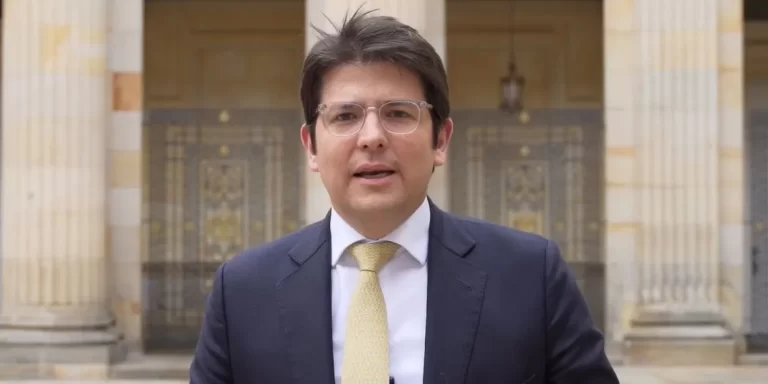[ad_1]
Fort Lauderdale and New York (Reuters) – When more than 7.4 million homes and businesses are without power after a hurricane, utility workers tend to get noticed a bit more than usual.
That’s what Gus Beyersdorf, 40, and his colleague Nick Jensen, 32, utility workers from Wisconsin, found out while inspecting power lines in Florida on Monday. The two – among the thousands of power-line workers brought in from out-of-state by major utilities – spent about five minutes outside a house in Fort Lauderdale, when two cars with women who said they lived in the neighborhood stopped to inquire about the return of power to their homes – obviously trying to get their attention.
“I think you guys are sexy. Men in hard hats are attractive!” said one of the women, obviously just joking with the Wisconsin men, but also making it clear that she would like it if they would get the power turned back on at her house.
Major utilities in the state – including Florida Power & Light Co, Duke Energy Corp and Tampa Electric – have mobilized tens of thousands of workers to deal with the enormous power outages, which by Monday evening numbered more than 7.4 million homes and businesses after Hurricane Irma landed as a Category 4 storm early Sunday.
While the numbers in Florida were declining slightly, more outages were being reported in Georgia and other states as Irma, now a tropical storm, moved north.
Beyersdorf and Jensen left northern Wisconsin on Friday morning and raced to southern Florida to be in place ahead of Irma’s impact. Between 2,000 and 3,000 utility workers from out-of-state are staying at BB&T Stadium in Broward County, which is home to the National Hockey League’s Florida Panthers, said Beyersdorf.
Power losses in Georgia, which were nearing 900,000 as of 3 p.m. EDT, were expected to increase as the storm moved north.
In Florida, the state’s biggest electric company said its outages dipped to 3.3 million from a peak of 3.6 million earlier on Monday. A total of almost 4.5 million Florida Power & Light customers have been affected by the storm, with about 1 million getting service restored, mostly by automated devices.
“We’ve never had that many outages, and I don’t think any utility in the country ever has,” FPL Chief Executive Eric Silagy said at a news conference on Monday. “It is by far and away the largest in the history of our company.”
FPL said it was still assessing the damage and could not yet say when it would restore service to most customers. Some homes and businesses could be without power for weeks, especially in the hardest-hit areas like southwest Florida, the NextEra Energy Inc unit said.
“It took a week for Matthew,” Jensen said, referring to a hurricane that last year did not make landfall in Florida but caused power outages. “This one is going to take a lot longer.”
As Irma pushed north, outage figures were increasing at other large utilities, including units of Duke Energy, Southern Co and Emera Inc.
Duke’s outages held around 1.2 million on Monday evening, while Emera’s Tampa Electric utility said outages eased to about 320,000 from a peak earlier on Monday of over 330,000.
FPL said its two nuclear plants were safe. Both units at its Turkey Point facility, about 30 miles (48 km) south of Miami, were shut by early Monday.
At its St. Lucie nuclear plant about 120 miles (190 km) north of Miami, FPL reduced power at Unit 1 because of salt buildup from Irma in the switchyard, NRC spokesman Roger Hannah said. The plant’s other reactor, Unit 2, continued to operate at full power.
Irma is expected to sap demand for fuel for a time, Goldman Sachs analysts said in a note on Monday, but they cautioned that supply could remain strained because of refining capacity offline after Hurricane Harvey, which hit Texas two weeks ago.
Additional reporting by Timothy Gardner in Washington, David Gaffen and Jessica Resnick-Ault in New York and Ruthy Munoz in Houston; Editing by Peter Cooney and Jonathan Oatis
[ad_2]
Source link






Leave a Reply